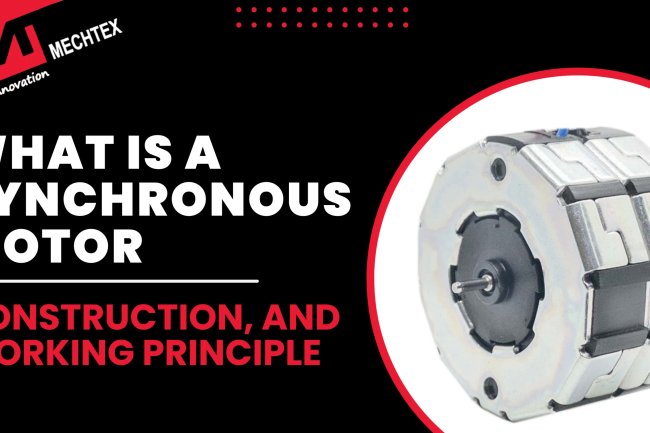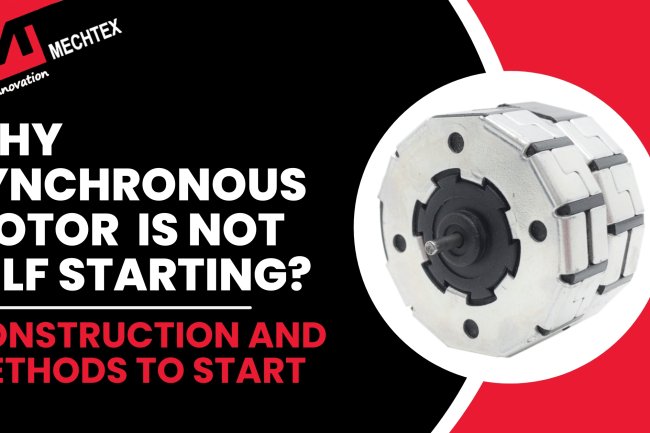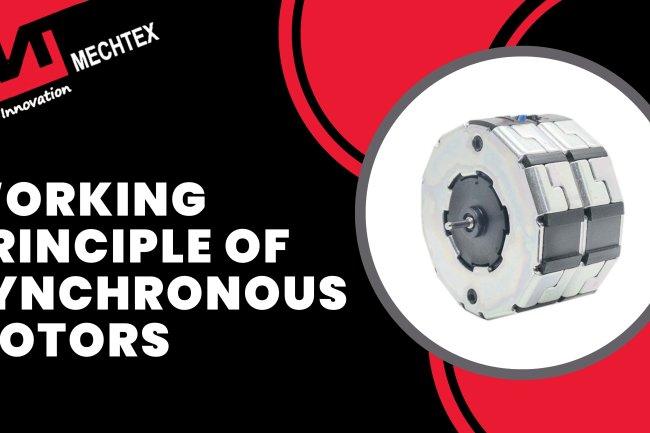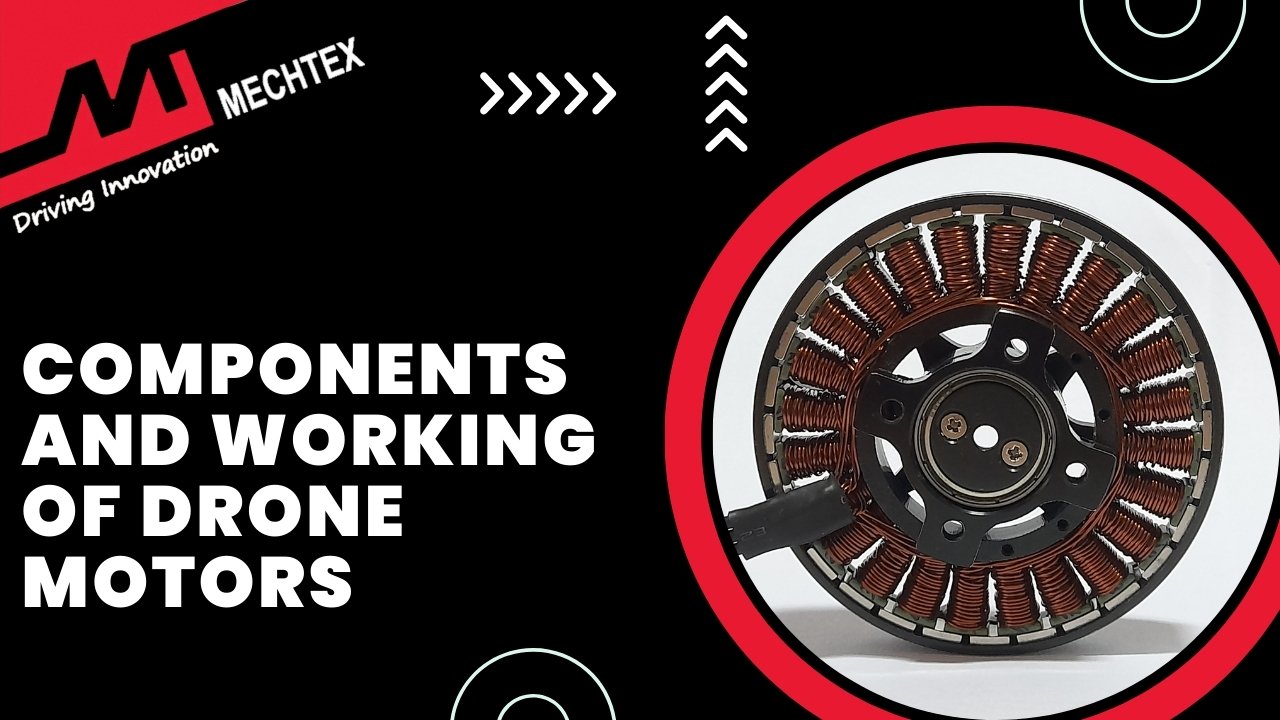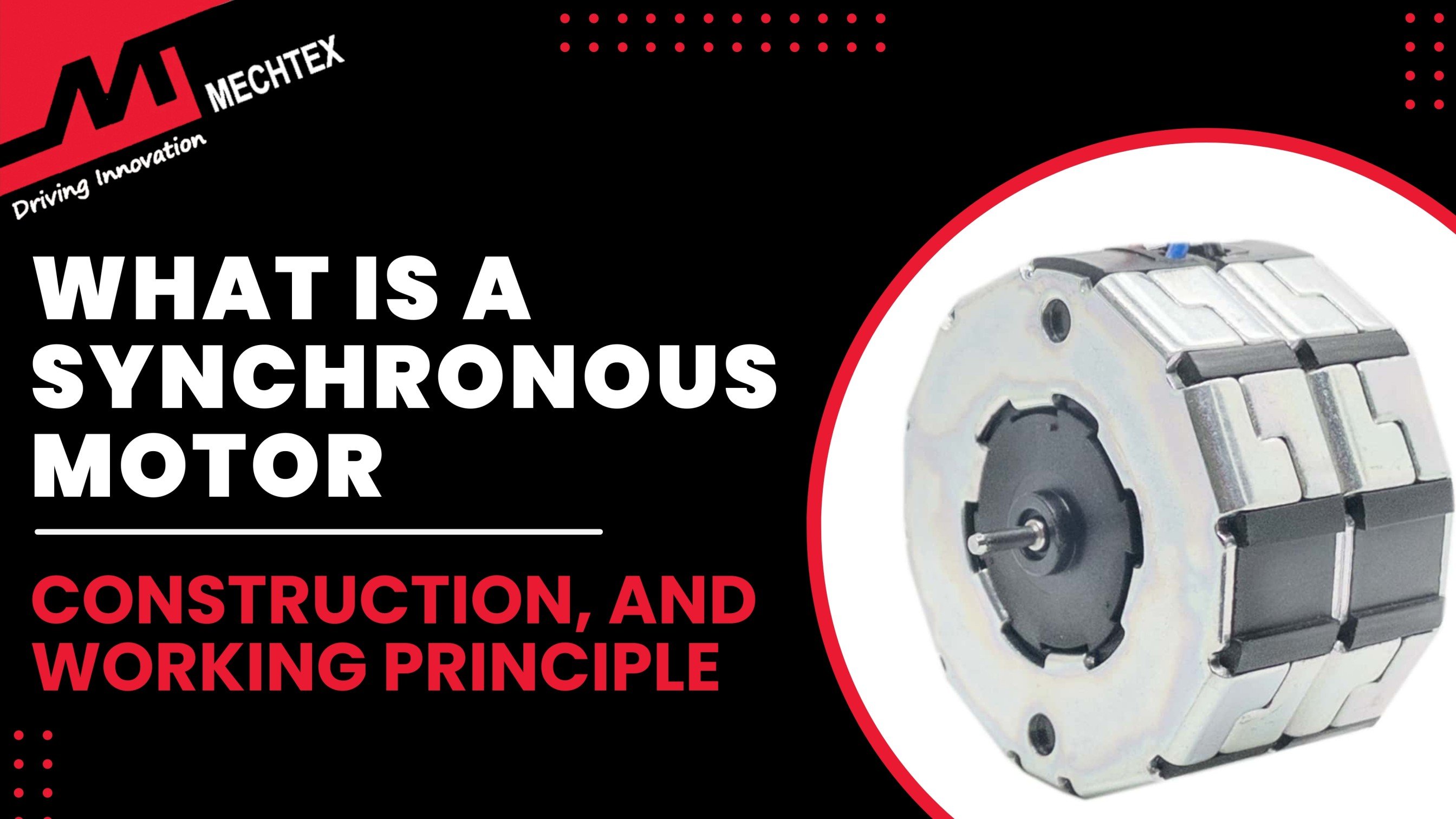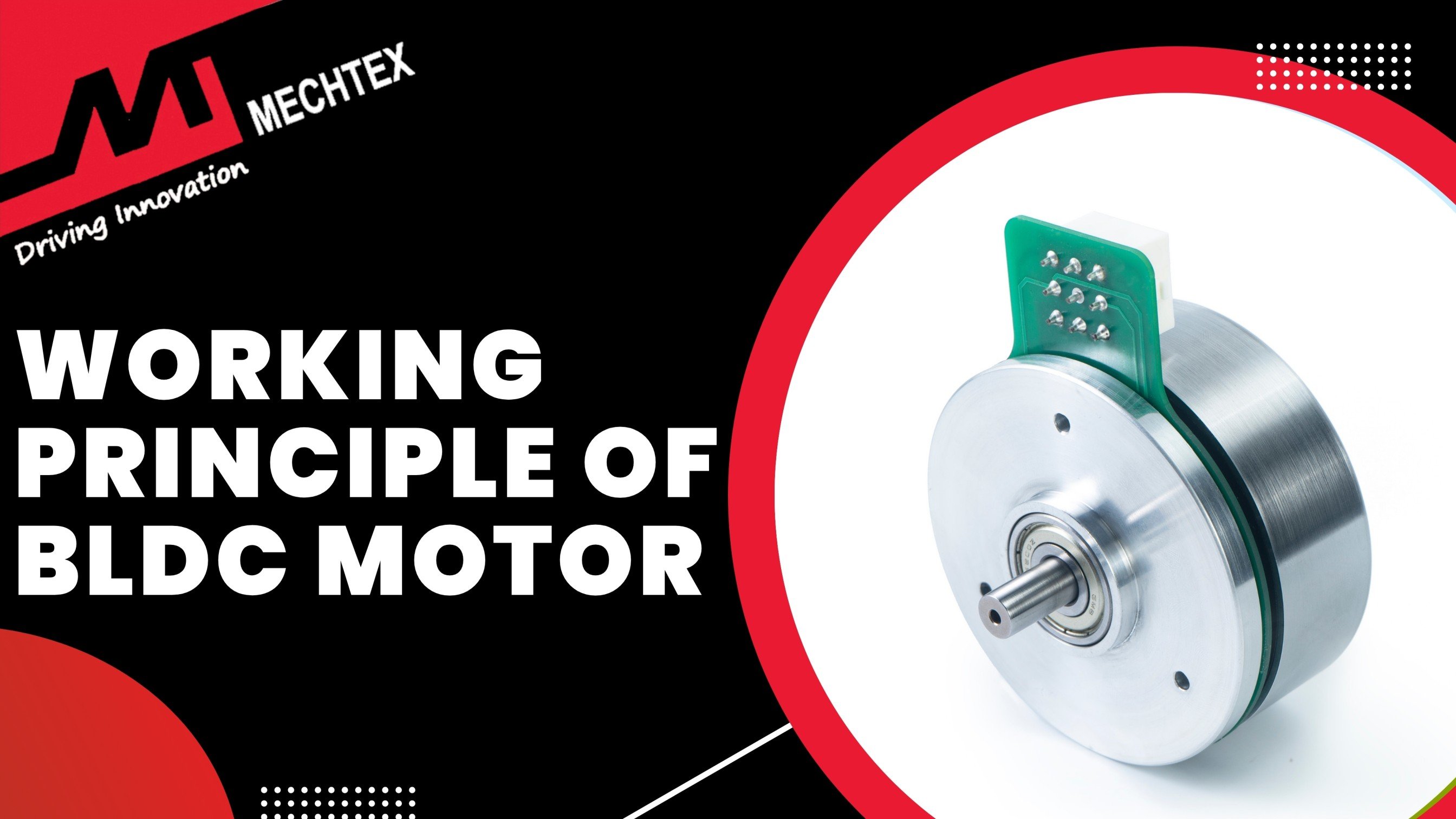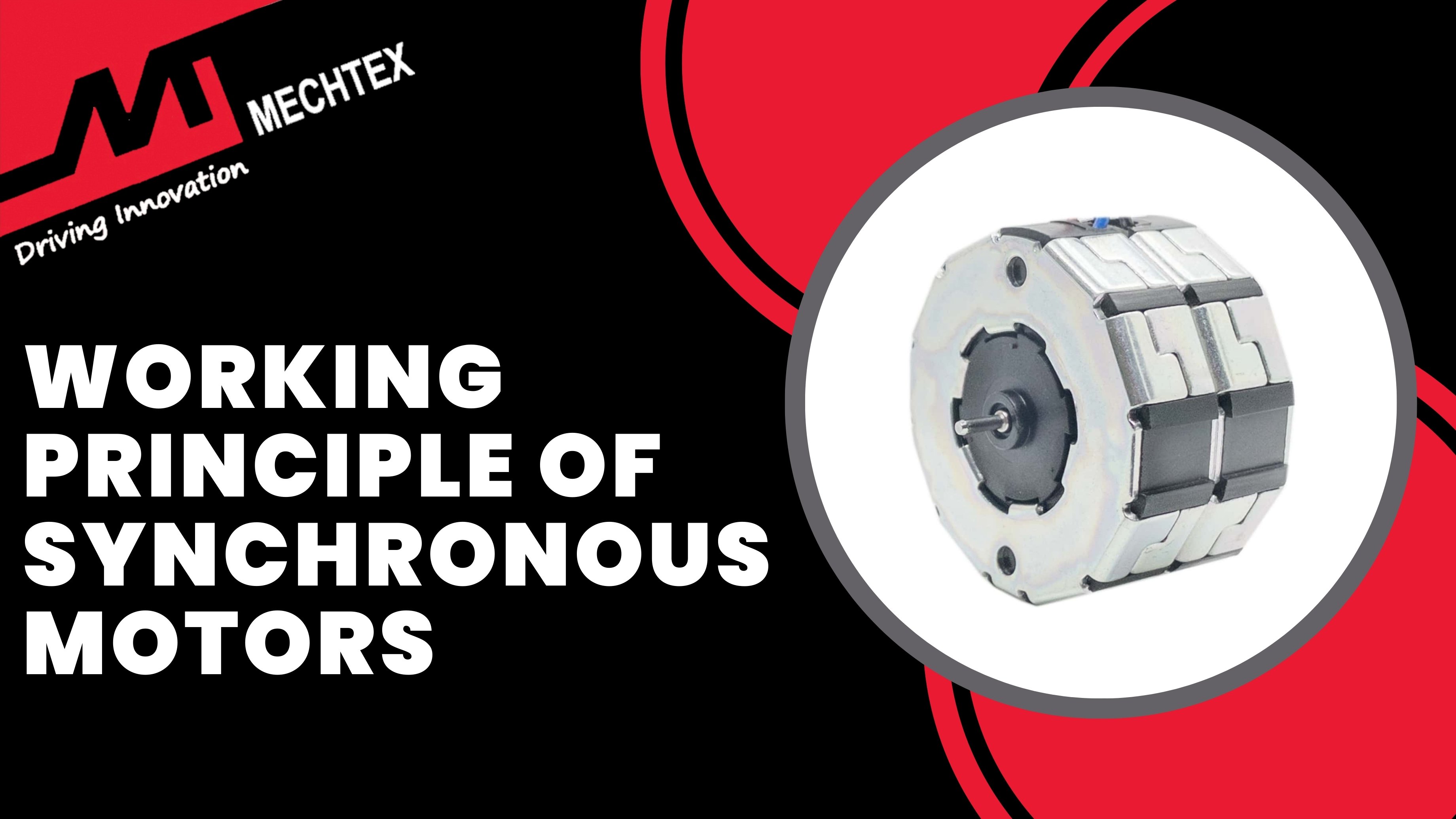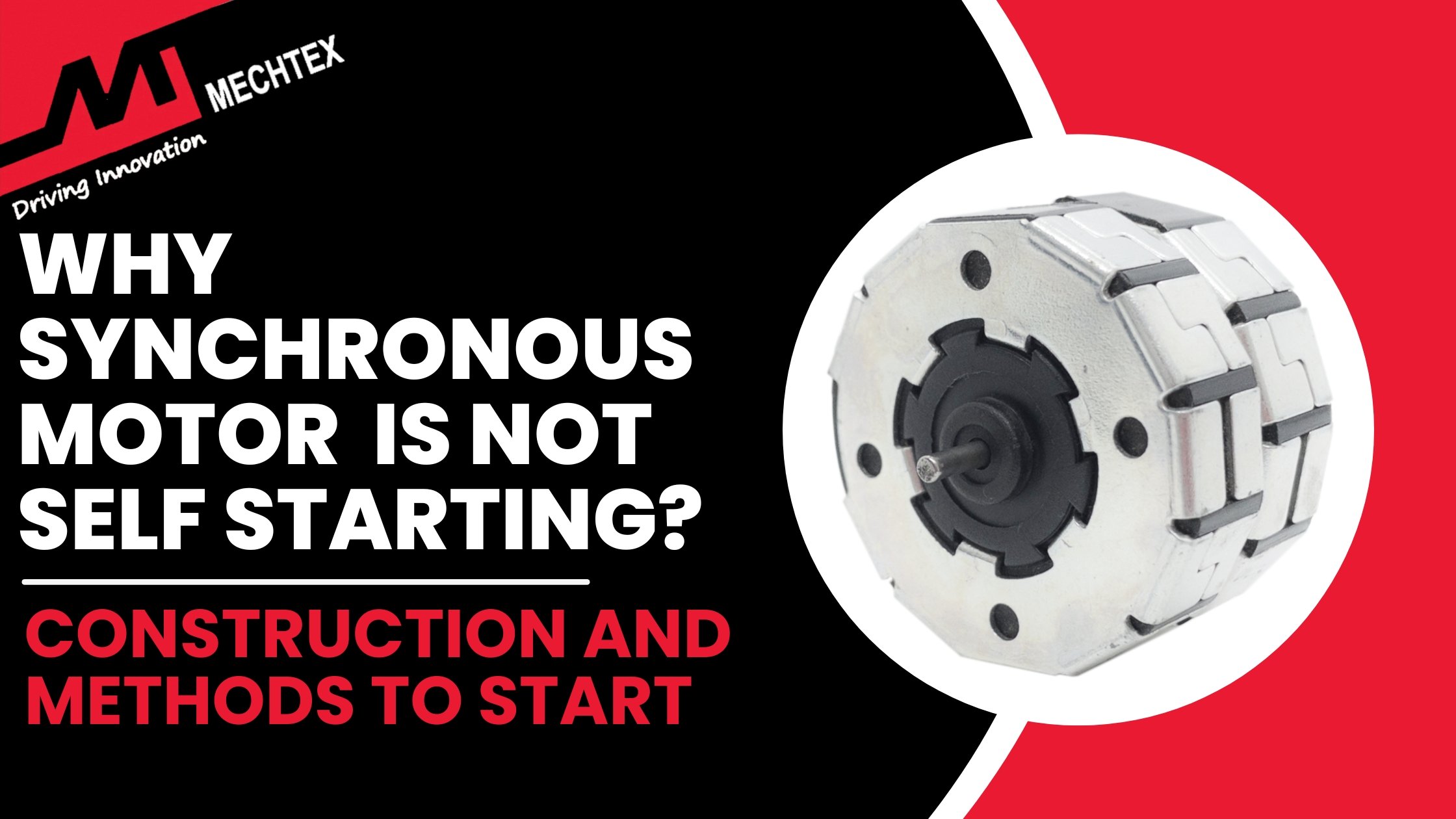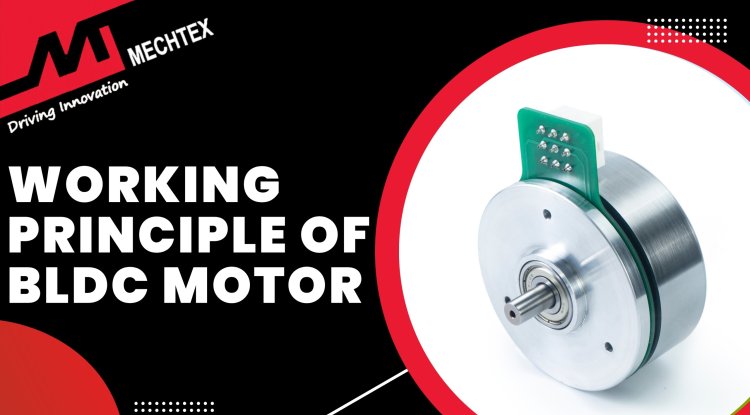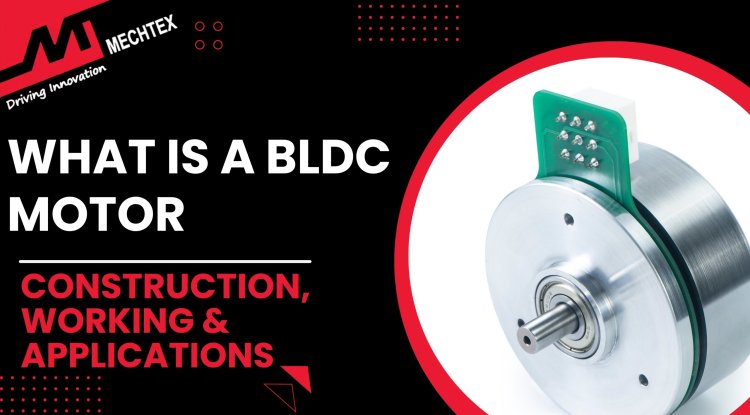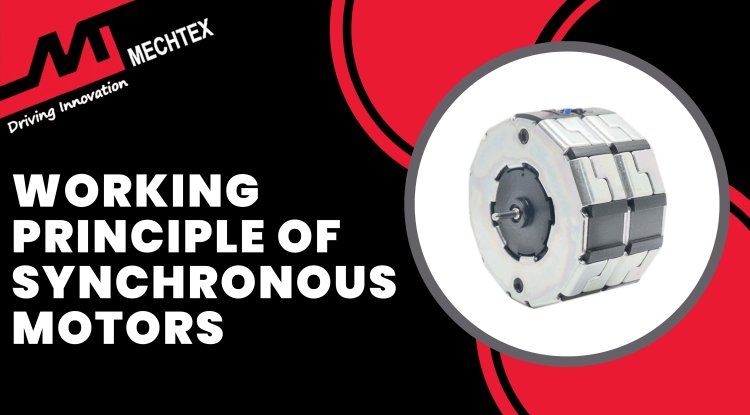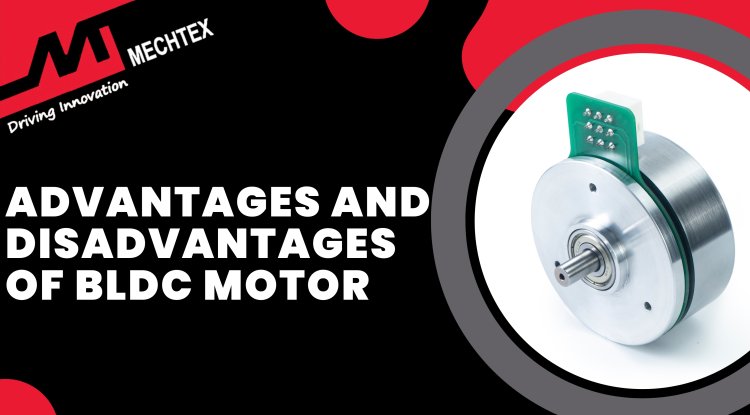Top 5 Differences Between Synchronous Motor And Asynchronous Motor
Synchronous motors and Asynchronous motors are two different types of AC motors that differ in their operating principles, construction, characteristics, and applications.
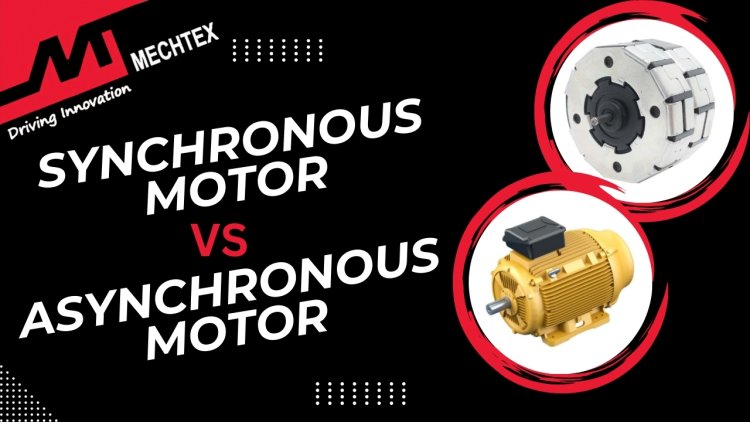
What is a Synchronous Motor?
A synchronous motor is a type of AC motor that operates at a constant speed determined by the frequency of the AC supply and the number of poles in the motor’s stator winding. Unlike induction motors (Asynchronous motor), which rely on the principle of induction to generate the torque, synchronous motors use different mechanisms.
The synchronous motor consists of two main components: the stator and the rotor. A rotor is essentially a permanent magnet or electromagnet which is mechanically coupled with the motor’s shaft.
The working principle of a synchronous motor is based on the interaction between the rotating magnetic field of the stator and the magnetic field of the rotor. When stator winding is energised with an AC supply, the rotating magnetic field is created. This rotating magnetic field interacts with the rotor’s magnetic field and causes the rotor to rotate. The rotor locks itself with the rotating magnetic field of the stator and starts rotation to maintain a constant speed under varying conditions.
The key characteristic of a synchronous motor is that the rotor rotates at the same speed as the rotating magnetic field generated by stator winding. If the rotor falls out from the stator's magnetic field, it will stall and stop rotating.
One of the key advantages of synchronous motors is their ability to operate at constant speed regardless of load variation. This characteristic makes them suitable for applications where precise speed regulation is required. Other advantages of synchronous motors include high efficiency, constant speed operation, and the ability to correct the power factor which makes them an indispensable component of various applications.
Synchronous motors are particularly suitable for large driving machines such as generators, compressors, and pumps where constant speed is crucial. Additionally, synchronous motors are used in applications that require high starting torque such as conveyors, mixers, automotive, agricultural equipment, construction and mining equipment, and many more.
Also Read
What is a Synchronous Motor | Construction, Working Principle and Applications
What is an Asynchronous Motor?
An asynchronous motor is also known as an induction motor. It is one of the most widely used AC motors. It operates on the principle of electromagnetic induction, a concept developed by nikolas tesla. Unlike synchronous motors, which rotate at synchronous speed with the frequency of the AC supply, asynchronous motors do not have a direct electrical connection with the rotor. Instead, the rotor is made to rotate by electromagnetic induction created by a rotating magnetic field in the stator winding.
Asynchronous consists of two main parts: stator and rotor. The stator consists of a set of windings that are supplied with alternating current (AC Supply). When the stator windings are energised, they create a rotation at a speed determined by the frequency of the AC supply and the number of poles in the stator winding. It creates a rotating magnetic field. The rotor continuously rotates with this rotating magnetic field, called synchronous speed.
This rotating magnetic field induces a current in the rotor's conductors and creates a secondary magnetic field in the rotor.
The interaction between the rotating magnetic field of the stator and the induced magnetic field of the rotor produces the torque that causes the rotor to rotate.
The rotor cannot rotate at the same speed as of rotating magnetic field produced by the stator, as if it rotates, there would be no relative motion between the two magnetic fields and no torque would be produced. Instead, the rotor rotates at a slightly slower speed than the magnetic field; this difference in speed is called “slip”.
Asynchronous motors are available in both single-phase and three-phase configurations. Single-phase asynchronous motors are used in low-power applications. Three-phase asynchronous motors are used in industrial and commercial applications.
One of the main advantages of asynchronous motors is their ability to operate at different speeds by varying the frequency of the AC supply, which makes them suitable for variable-speed applications such as pumps, compressors, HVAC systems, conveyors, and electric vehicles. Other advantages of asynchronous motors are simple design, high efficiency, low cost, and low maintenance requirements, which make them a fundamental component in various industrial applications.
What are the differences between synchronous motors and asynchronous motors?
Synchronous motors and Asynchronous motors are two different types of AC motors that differ in their operating principles, construction, characteristics, and applications.
Here are the top five differences between synchronous motor and asynchronous motor:
Rotor Construction
- Synchronous Motor: The rotor in the synchronous motor is typically wound with windings similar to stator windings. It also has permanent magnets or electromagnets that create a constant magnetic field.
- Asynchronous Motor: The rotor in the asynchronous motor is typically in a squirrel cage shape made up of aluminium or copper bars at both ends by end rings. This design allows for the induction of current in the rotor conductors.
Rotor Speed
- Synchronous Motor: The rotor of the synchronous motor rotates at the same speed as the rotating magnetic field produced by the stator windings. It means that the rotor speed is synchronised with the help of the AC supply and the number of poles in the motor, which results in constant speed. Synchronous motors operate at a constant speed with either 50Hz or 60Hz of frequency supply.
- Asynchronous Motor: The rotor in an asynchronous motor rotates at a speed slightly lower than the rotating magnetic field. This difference is known as slip and is necessary for the induction of current in rotor conductors, which is required to generate torque.
Starting Torque
- Synchronous Motor: Synchronous motors have low starting torque compared to asynchronous motors. This motor requires an additional mechanism, such as a pony motor, to generate torque.
- Asynchronous Motor: Asynchronous motors have slightly higher starting torque as compared to synchronous motors due to the interaction between the rotating magnetic field and induced current, which makes them suitable for applications that require high starting torque at initial stages.
Power Factor
- Synchronous Motor: Synchronous motor operates at unity power factor or leading power factor depending upon its excitation. This characteristic makes them suitable for power factor correction in industrial applications.
- Asynchronous Motor: Asynchronous motors operate at a lower power factor due to the reactive current required to induce rotors, which leads to increased power consumption and low efficiency.
Starting Capability
- Synchronous Motor: Synchronous motors are not self-starting. They require an external means, such as pony motors and damper windings, to achieve synchronous speed.
- Asynchronous Motor: Asynchronous motors are self-starting due to the induction principle. This motor starts automatically when connected to the AC supply.
Applications
- Synchronous Motor: Synchronous motors are commonly used in applications requiring constant speed operations such as clocks and timers, radar systems, and industrial machinery where precise speed control is required.
- Asynchronous Motor: Asynchronous motors are widely used in various applications such as pumps, compressors, conveyor, and fans due to their simple construction, and ability to handle various loads.
In conclusion, synchronous motor and asynchronous motor both have their unique advantages and applications and the choice between these two AC motors depends upon the specific requirements of the applications such as speed control, torque characteristics, and efficiency.

